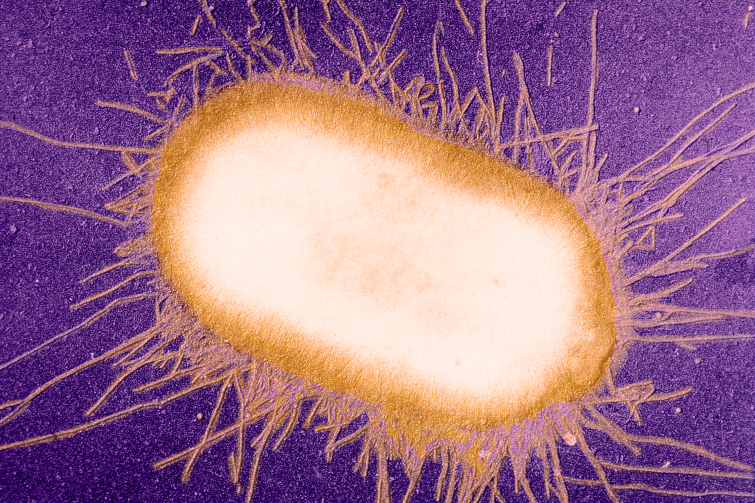
 News
News
The structure and assembly of the Enterohemorrhagic Escherichia coli type 4 pilus deciphered
Enterohemorrhagic Escherichia coli (EHEC) can be responsible for severe cases of foodborne infection. In 10% of infected individuals, the spread of Shiga toxins produced by EHEC results in hemolytic uremic syndrome (HUS), which is fatal in 3 to 5% of cases. However, patients who survive HUS often develop protective antibodies directed against fibers called type IV pili that help EHEC to adhere to host tissues. Researchers at the Institut Pasteur deciphered the structure of the EHEC type IV pili, and provided new insights into their assembly, relevant for further therapies.